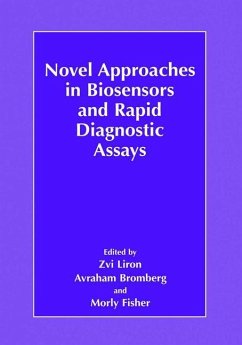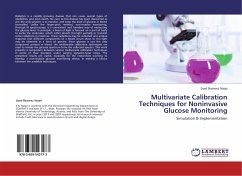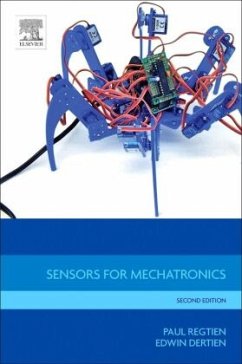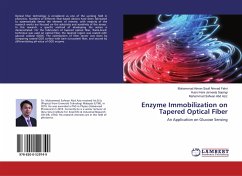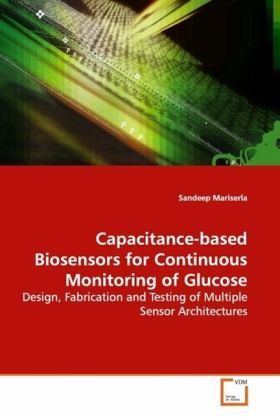
Capacitance-based Biosensors for Continuous Monitoring of Glucose
Design, Fabrication and Testing of Multiple Sensor Architectures
Versandkostenfrei!
Versandfertig in 6-10 Tagen
32,99 €
inkl. MwSt.

PAYBACK Punkte
16 °P sammeln!
Self-monitoring of blood glucose has become an important and critical tool for effective management of patients with diabetes. This book describes multiple MEMS (Microelectromechanical systems) sensor architectures that can continuously measure, in real time, the concentration of glucose in a solution. The devices incorporate a glucose-sensitive hydrogel membrane, which swells reversibly in the presence of a glucose containing solution. The MEMS architecture transforms the resultant swelling of the hydrogel membrane into the displacement of a capacitor plate. Signal transduction arises directl...
Self-monitoring of blood glucose has become an
important and critical tool for effective management
of patients with diabetes. This book describes
multiple MEMS (Microelectromechanical systems)
sensor architectures that can continuously measure,
in real time, the concentration of glucose in a
solution. The devices incorporate a glucose-
sensitive hydrogel membrane, which swells reversibly
in the presence of a glucose containing solution.
The MEMS architecture transforms the resultant
swelling of the hydrogel membrane into the
displacement of a capacitor plate. Signal
transduction arises directly from motion of one
capacitor plate with respect to the other fixed
plate, resulting in a change in capacitance. Hence
the presence or variation in the concentration of
glucose can be observed as a change in capacitance
of the device. In order to develop the continuous
monitoring glucose sensor, various performance
aspects, like the optimal hydrogel recipe as well as
the repeatability of the hydrogel swelling response
and the development of an efficient microfabrication
scheme to manufacture the sensor, have been
researched extensively.
important and critical tool for effective management
of patients with diabetes. This book describes
multiple MEMS (Microelectromechanical systems)
sensor architectures that can continuously measure,
in real time, the concentration of glucose in a
solution. The devices incorporate a glucose-
sensitive hydrogel membrane, which swells reversibly
in the presence of a glucose containing solution.
The MEMS architecture transforms the resultant
swelling of the hydrogel membrane into the
displacement of a capacitor plate. Signal
transduction arises directly from motion of one
capacitor plate with respect to the other fixed
plate, resulting in a change in capacitance. Hence
the presence or variation in the concentration of
glucose can be observed as a change in capacitance
of the device. In order to develop the continuous
monitoring glucose sensor, various performance
aspects, like the optimal hydrogel recipe as well as
the repeatability of the hydrogel swelling response
and the development of an efficient microfabrication
scheme to manufacture the sensor, have been
researched extensively.



